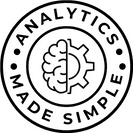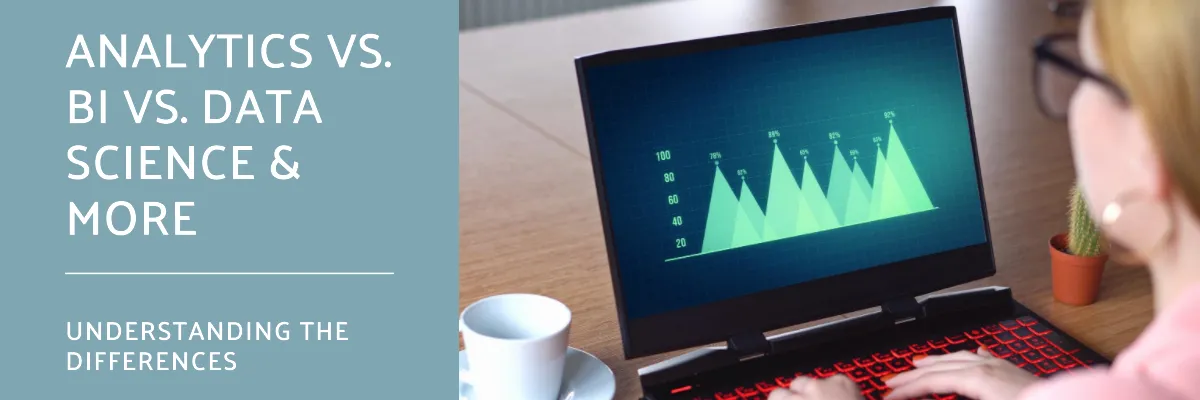What do all these buzzwords even mean?! Analytics, business intelligence, data science – it’s easy to get confused with terms like business intelligence, machine learning, and big data get thrown around constantly. But if you don’t work directly with data, I bet many of these probably go over your head. I know from experience how confusing and intimidating these data expressions can sound! Well, I’m here to help decode some common data science lingo into plain English so we can all follow the conversation.
I won’t get too technical or wade into the tiny details. Rather, I want to give simple, high-level explanations with examples you can relate to. My goal is to satisfy your curiosity if you’ve ever wondered, “What exactly does a data scientist do?” or “What is that business intelligence team working on?” Think of this as your friendly intro to data science buzzwords for complete beginners!
Table of Contents
Let’s start with the basics:
Analytics
This is the full process of gathering data and drawing insights from it. Remember those detective shows where they’d pin photos and maps on the wall, connecting the dots to unravel the mystery? That’s analytics! It’s about gathering all the data clues you have to uncover insights and trends. Anything involving collecting and analyzing data to get answers is part of analytics. Whether it’s examining sales figures, website traffic, or customer feedback – it all falls under the broad analytics umbrella.
Business Intelligence (BI)
Next up is business intelligence, or BI for short. While analytics looks broadly at data, BI focuses specifically on data to inform business strategy and operations. BI teams take all the company data and transform it into dashboards, reports, and visuals that managers can use to make decisions and monitor performance. A BI dashboard lets an executive easily track last month’s sales by region, top-selling products, customer segments, and more in one place.
Data Science
If analytics is about connecting dots, data science uses next-level statistical wizardry to uncover dots you didn’t even know existed! Data scientists employ advanced machine learning algorithms to detect subtle patterns and predict future outcomes based on historical data. For example, banks may use data science models to analyze past account activity and credit patterns to forecast the risk of a borrower defaulting on a loan.
Data Engineering
You can think of data engineers as the builders who create the data infrastructure. While analysts explore data and scientists model it, engineers make sure it’s all accessible! They develop the pipelines to smoothly collect, store, move, and structure data for downstream analytics. Data engineering ensures data is available and reliable so it can be used for reporting, dashboards, machine learning – you name it!
Artificial Intelligence (AI)
Remember how smart the computers seemed in sci-fi movies, able to talk and make decisions like humans? That’s the idea behind artificial intelligence or AI. It’s about programming computers to mimic human thinking and logic so they can handle tasks on their own. For example, AI allows a voice assistant to understand commands, translate between languages, or recognize objects in images. The more data the AI system can learn from, the more insightful it becomes.
Machine Learning
Machine learning is a key component of AI. It’s how we actually teach computers to handle new situations on their own. With machine learning, rather than giving the computer explicit step-by-step instructions, we provide many examples for it to learn from. By analyzing these examples, machine learning algorithms detect patterns and progressively improve at completing the task. It’s kind of like how we learn better from hands-on experience rather than studying a manual!
Summary
While there’s overlap, each field plays a different role in turning raw data into insights. Together, they form a powerful toolbox for understanding customers, identifying opportunities, and guiding business strategy.
The key for non-data folks? Focus on the insights, not the technical details! Data teams handle the complex modeling and infrastructure. You get the customer behavior trends, sales forecasts, and other intel to drive smarter decisions.
Hope this quick overview brought some clarity to the data universe! Let me know if you have any other buzzword explanations you’d like unpacked. The world of data doesn’t have to be so confusing.
Cheers!
-J








